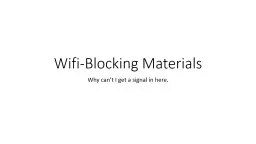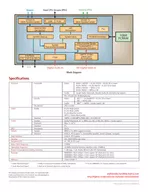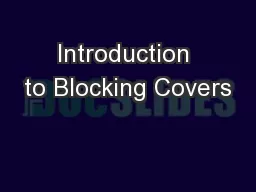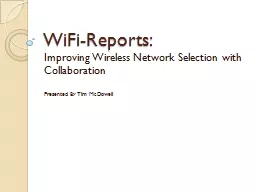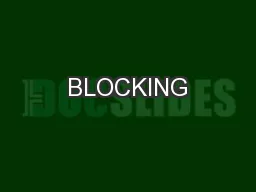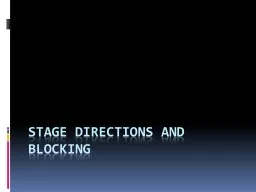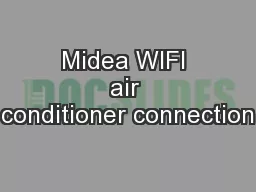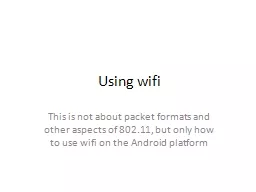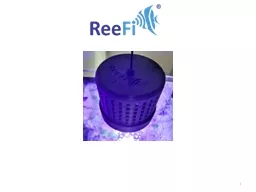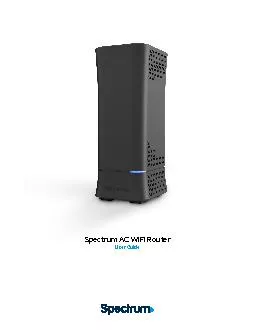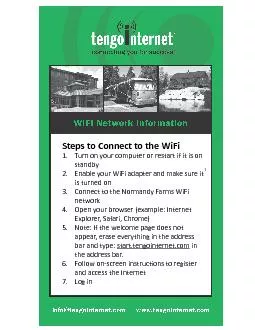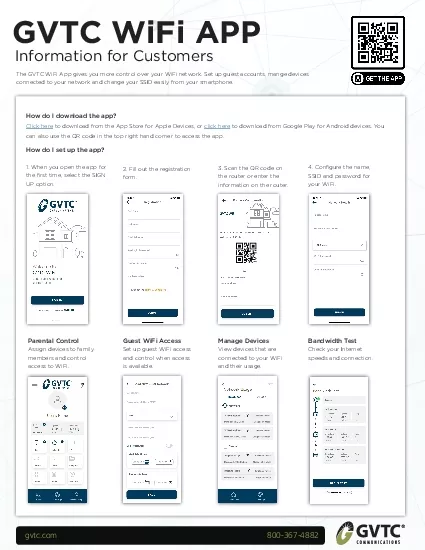PPT-Wifi -Blocking Materials
Author : coveurit | Published Date : 2020-08-28
Why cant I get a signal in here Purpose To learn which building materials block WiFi signals the most My mom is the Educational Technology Facilitator for Heathrow
Presentation Embed Code
Download Presentation
Download Presentation The PPT/PDF document "Wifi -Blocking Materials" is the property of its rightful owner. Permission is granted to download and print the materials on this website for personal, non-commercial use only, and to display it on your personal computer provided you do not modify the materials and that you retain all copyright notices contained in the materials. By downloading content from our website, you accept the terms of this agreement.
Wifi -Blocking Materials: Transcript
Download Rules Of Document
"Wifi -Blocking Materials"The content belongs to its owner. You may download and print it for personal use, without modification, and keep all copyright notices. By downloading, you agree to these terms.
Related Documents

